According to Dr. Nguyen Trong Hung, National Institute of Nutrition, in adults, when weight and height index are available, calculating BMI is relatively simple.
BMI is calculated by dividing weight in kg by height in meters squared (BMI=weight (kg)/(height (m))2). If BMI ≥25 is the threshold for overweight, if BMI ≥30 is the threshold for obesity.
We should weigh ourselves at a fixed time, for example, in the morning, when we just wake up, without eating or drinking anything. This will limit errors due to eating and drinking, which affect the accurate determination of our weight. When weighing ourselves, we should wear thin clothes, avoid wearing thick clothes or carrying something with us such as keys, phones, and do not wear shoes or sandals when weighing ourselves.
The correct height measurement is when our body is standing with the spine straight. To do this, when measuring height, we need to touch the two heels, calves, buttocks, shoulders and the back of the neck to the wall. Make sure to touch all 9 of these points with your eyes looking straight ahead to get the most accurate height measurement.
Measuring the length of children under 2 years old is relatively difficult to do at home. However, if you cannot take your child to a medical facility for examination, monitoring the child's length at home will help parents monitor their child's growth at home, such as placing the child on a bed or a bench or a hard floor, thereby promptly taking the child to a medical facility when they see that the child does not grow longer than the previous month for 1-2 consecutive months.
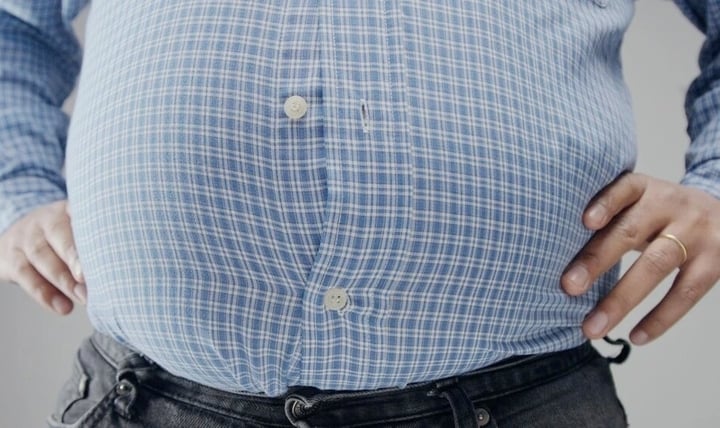
The most recognizable sign of overweight and obesity is the external appearance. (Illustration photo)
Symptoms of overweight and obesity
Body shape: The most recognizable sign of overweight and obesity is the external appearance, the child is fatter than normal, with fat arms and legs. For adolescents, or the growth chart shows a vertical increase in weight for 1-3 consecutive months. Adults may have additional signs such as a large waist or large waist, large thighs, and large arms. Body shape can change to pear shape (lower body fat), apple shape (mid-body fat).
Obese people may have additional symptoms such as difficulty sleeping, difficulty breathing, back pain, knee pain, stretch marks, or red, dark skin in places such as the neck, armpits, etc. Skin folds can become infected, less adaptable to temperature changes, swelling and varicose veins in the lower extremities, often excessive sweating, and psychological effects due to changes in body shape.
In addition, obese people may experience symptoms of dyslipidemia, blood pressure disorders, hypertension, or cardiovascular disorders or cancer, with additional symptoms of these diseases.
The main cause of overweight and obesity is an imbalance between energy intake (diet) and energy expenditure (physical activity). This condition is also caused by a number of factors such as psychosocial factors, genetic variations, endocrine disorders, and side effects of medications. Early detection, examination, and treatment of obesity help prevent complications of the disease.
Some methods to help lose weight
Weight loss is the top priority method to support the treatment of obesity, avoiding complications of the disease. Patients can lose weight by changing to a healthy lifestyle such as exercising as recommended, for children and people under 55 years old should exercise 60 minutes/day.
For other age groups, exercise 30 minutes/day or as recommended by a medical specialist, reduce total energy intake, control the amount of foods rich in simple sugars such as candy, sweet drinks, fruit juice, limit beer, alcohol, and foods high in fat.
Some other recommended weight loss measures include following the Mediterranean diet (increasing intake of fish, vegetables, fruits, beans and whole grains), following a diet advised by a specialist.
Dr. Nguyen Trong Hung noted that patients should not buy weight loss drugs without a doctor's prescription, and should not perform liposuction or invasive weight loss surgery at facilities not licensed by the Ministry of Health.
Obesity treatment should have scientific protocols, evaluation and research on safety and effectiveness. Everyone should prevent overweight and obesity by living a healthy lifestyle, balancing daily energy intake and consumption.
You need to eat scientifically, reduce foods high in fat and simple sugar, avoid drinking beer and alcohol. You also need to maintain physical exercise to improve your health, lose weight, have a healthier spirit, get enough sleep, reduce stress, stress can also prevent overweight and obesity.
Patients can go to medical facilities with a team of experts and doctors experienced in weight loss to receive support with appropriate solutions that are safe for health, not tiring, and avoid losing strength.
Source: https://vtcnews.vn/cach-nhan-biet-thua-can-ar907953.html








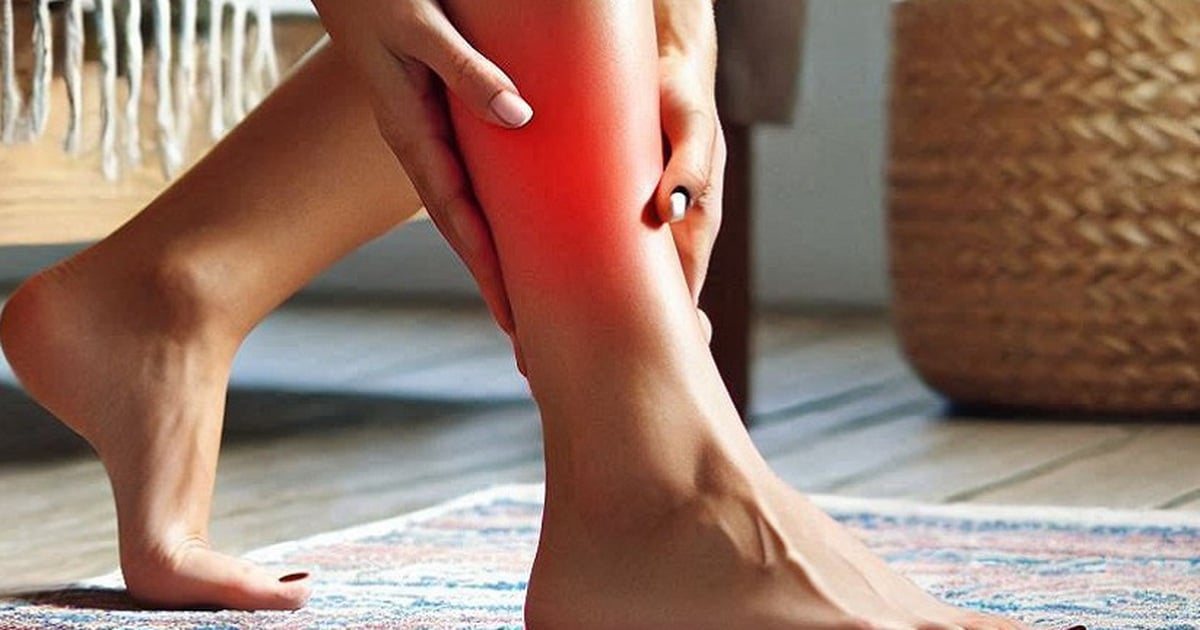











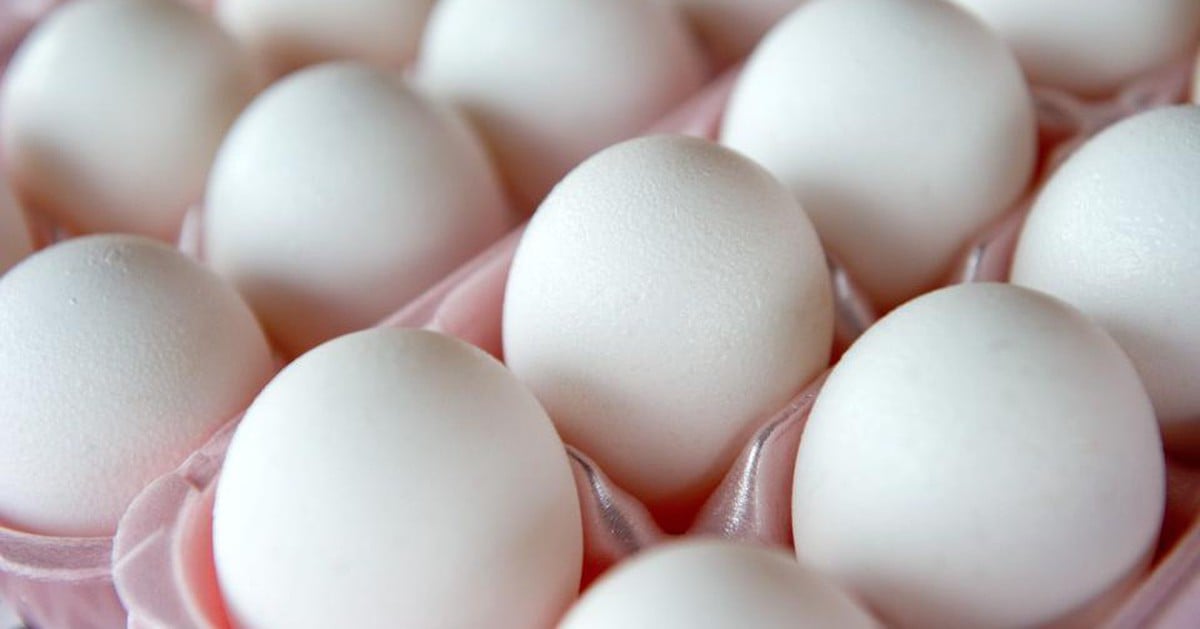
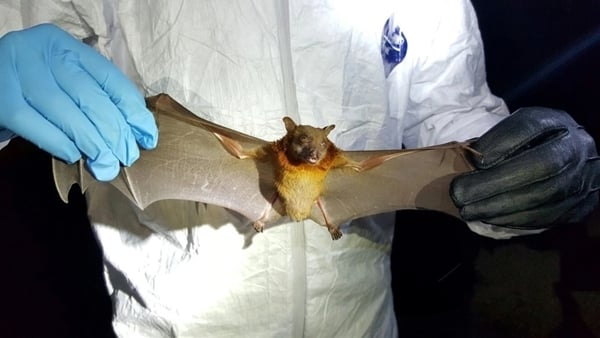

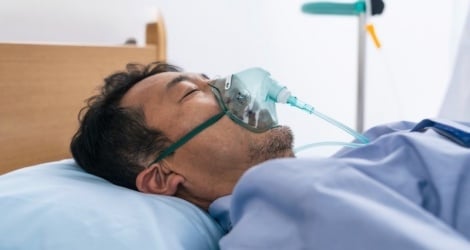















![[Photo] Prime Minister Pham Minh Chinh chairs Government Conference with localities on economic growth](https://vstatic.vietnam.vn/vietnam/resource/IMAGE/2025/2/21/f34583484f2643a2a2b72168a0d64baa)













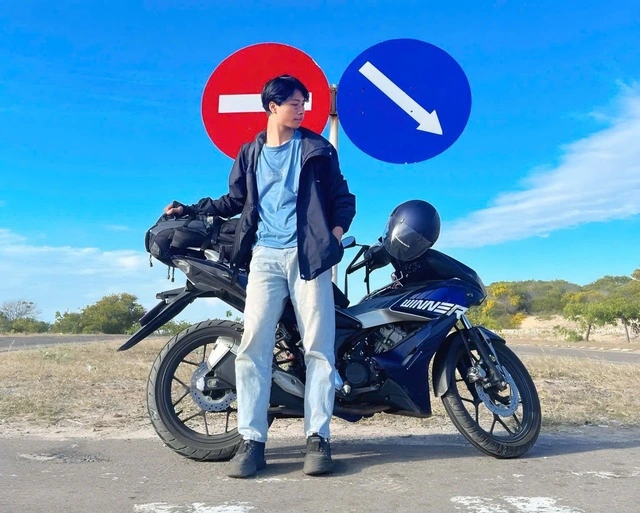












































Comment (0)